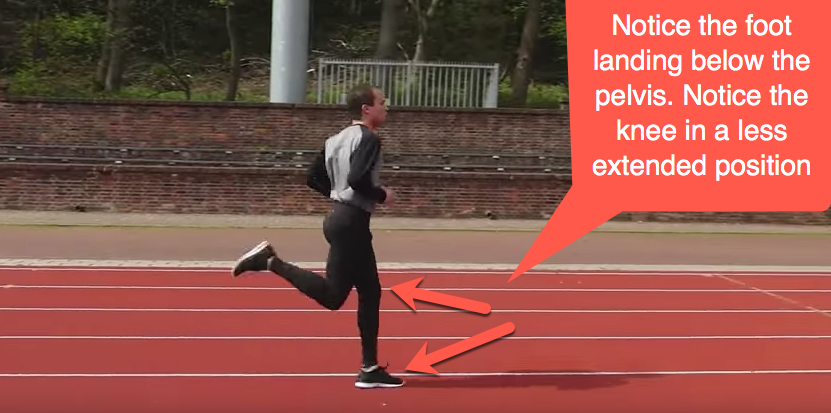KNEE PAIN – OUR TOP 3 TIPS FOR PATELLOFEMORAL PAIN
/KNEE PAIN – OUR TOP 3 TIPS FOR PATELLOFEMORAL PAIN
Today I wanted to talk about one of the most common knee pain injuries we see in the new year. Pain at the front of the knee – also known by its unflattering technical name of Patellofemoral pain or syndrome. I prefer front knee pain.
15% of active people will suffer this injury at some point, and a whopping 36% of those people will reduce all their physical activity in the long term because of it…which are scary stats we need to reduce.
This knee pain is caused when the kneecap stops tracking correctly. Think of the knee cap as a train coming off the train track slightly. The area of the knee cap taking all the load becomes a lot smaller, meaning that smaller over loaded area swells and gets really sore!
You’ve just got back from holidays, you want to get back to boot camp, f45 or running and then bang it kicks in. Maybe it starts mildly but soon worsens to hurting going up and down stairs, squatting in the gym now hurts and you can barely run 2kms without knee pain. It may even start making funny noises.
Below are our top 3 tips for getting that pain under control. These tips are all proven in scientific studies to work.
Ps - I created a really cool downloadable cheat sheet with detailed instructions on how to do all of the below.
1. Strengthen your quads and glutes.
Strengthening your quadriceps (front thigh muscles) 3 x per week for 8 weeks reduced knee cap pain in a large group of people suffering from this condition. Just by doing quadricep exercises in a pain free range can reduce your pain. Don’t forget to down load our cheat sheet with details on how to do each of the above exercises.
Click here to download your free cheat sheet
2. Tape that knee to control the train!
Scroll down to watch a video of our fave knee taping technique.
3. Reduce your stride length when your running and walking!
When your foot lands forward of your centre of mass commonly known as “heel striking” this loads the patellofemoral joint more than when you land with your foot directly under your base of support. Reducing your stridelength can reduce the force through your knee cap and thus reduce pain.
Check out the images below for a visual
Increased stride length
The image above is heel striking with an excessive stride length. Notice how extended the knee is. This creates a lot of force through a painful kneecap that is loading on a smaller surface area than normal.
Reduced stride length
The image above shows a runner with a reduced stride length where the foot lands below the pelvis reducing the amount of force through the knee cap.
For those of you that want to know how to do the above in a lot more detail i’ve created step by step instructions on how to do my two favourite quadricep strengthening exercises, how to reduce your stride length and two variations of how to tape the knee to reduce your pain.






